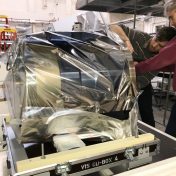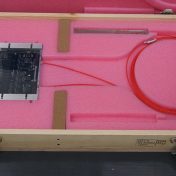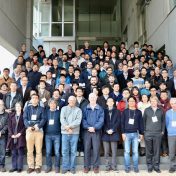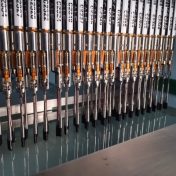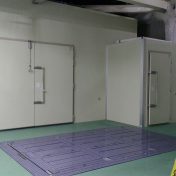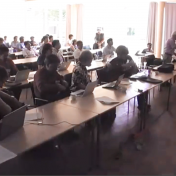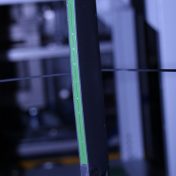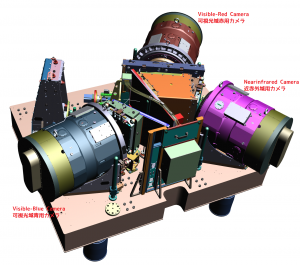Updates on Development of Metrology Camera System
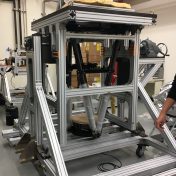
“Metrology Camera System” is one of the PFS instrument subsystems under development by ASIAA (Academia Sinica Institute of Astronomy and Astrophysics, Taiwan). This is a small telescope system installed onto the Cassegrain Focus at the bottom of the Subaru telescope to look up the Prime focus, take the image of approximately 2400 back-illuminated fiber spots in one exposure with the large… Read more »

